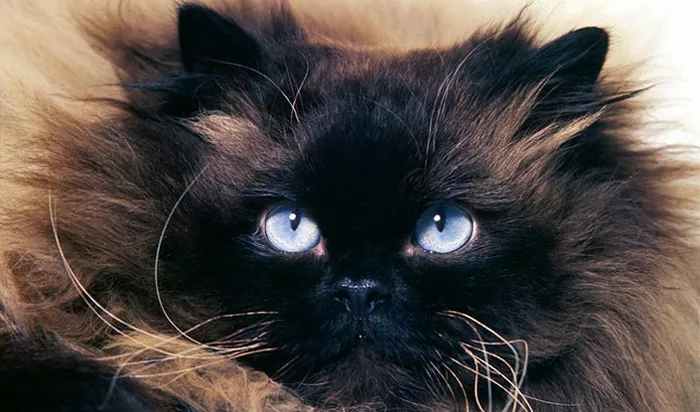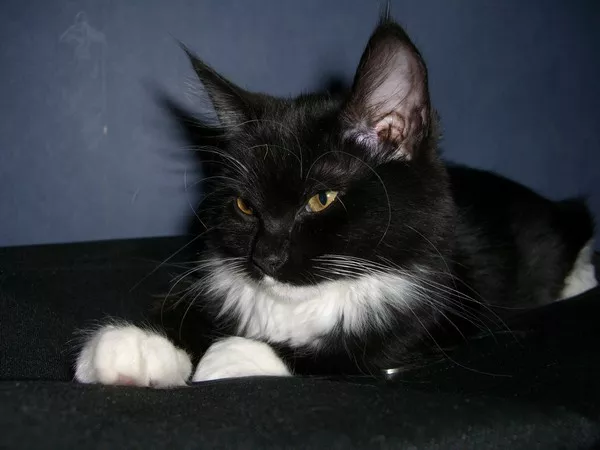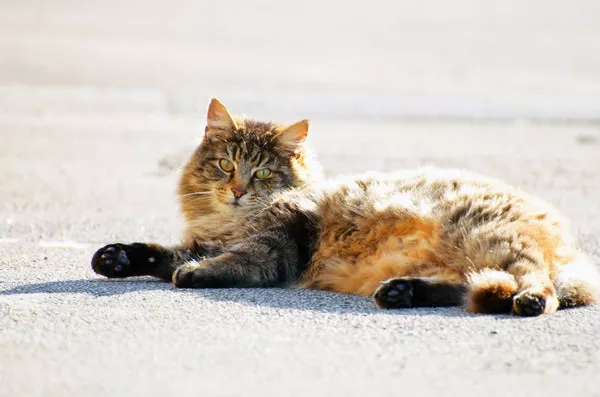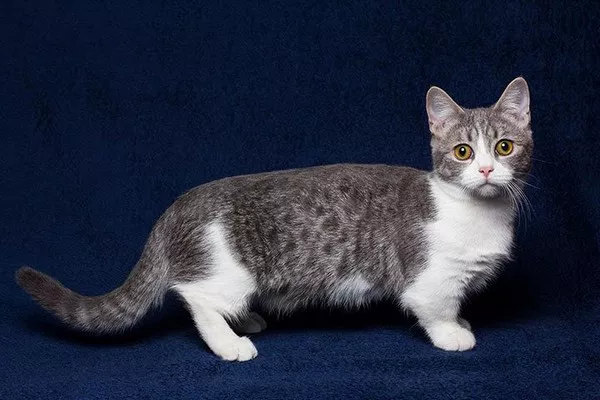Himalayan cats, with their striking appearance and affectionate nature, require a balanced and nutritious diet to support their overall health and well-being. As a breed known for their unique characteristics and dietary preferences, selecting the best food for Himalayan cats is essential for promoting longevity and vitality. In this comprehensive guide, we explore the nutritional needs of Himalayan cats, offer insights into choosing the right food, and provide feeding tips to ensure optimal health for these beloved feline companions.
Introduction to Himalayan Cats:
Himalayan cats, also known as “Himmies,” are a breed renowned for their stunning blue eyes, luxurious fur, and sweet temperament. Originating from crossbreeding Persian and Siamese cats, Himalayans inherit traits from both parent breeds, including their distinctive color points and affectionate demeanor. With their striking appearance and gentle disposition, Himalayan cats make wonderful companions for individuals and families seeking a loyal and loving pet.
Understanding the Nutritional Needs of Himalayan Cats:
Like all cats, Himalayan cats require a balanced diet that provides essential nutrients to support their unique physiology and lifestyle. Understanding their nutritional needs is crucial for selecting the best food and promoting optimal health and longevity. Here are some key considerations when it comes to feeding Himalayan cats:
Protein: Protein is a crucial component of a cat’s diet, providing the building blocks for muscle development, tissue repair, and overall health. Himalayan cats benefit from high-quality, animal-based protein sources such as chicken, turkey, fish, and beef. Look for cat foods with protein listed as the primary ingredient to ensure adequate nutrient intake.
Fat: Fat is a concentrated source of energy and essential fatty acids that support healthy skin, coat, and immune function in Himalayan cats. Opt for cat foods with moderate fat content derived from sources such as poultry fat, fish oil, and vegetable oils. Avoid excessively high-fat diets, as they may contribute to weight gain and obesity in sedentary cats.
Carbohydrates: While cats are obligate carnivores and derive most of their nutrients from animal sources, carbohydrates can provide energy and fiber in their diet. However, Himalayan cats have relatively low carbohydrate requirements compared to other animals. Choose cat foods with limited or moderate carbohydrate content, primarily from digestible sources such as rice, oats, and sweet potatoes.
Vitamins and Minerals: Himalayan cats require essential vitamins and minerals to support various physiological functions, including bone health, immune function, and vision. Ensure that their diet is fortified with vitamins and minerals such as vitamin E, vitamin C, taurine, calcium, and phosphorus. Avoid feeding homemade or unbalanced diets that may lack essential nutrients or lead to nutritional deficiencies.
Hydration: Adequate hydration is essential for maintaining urinary tract health and preventing dehydration in Himalayan cats. Provide access to fresh, clean water at all times and consider incorporating wet or canned cat food into their diet, which has a higher moisture content than dry kibble. Additionally, consider using cat fountains or offering wet food as a supplement to encourage increased water intake.
Choosing the Best Food for Himalayan Cats:
When selecting the best food for Himalayan cats, consider the following factors to ensure optimal nutrition and palatability:
Quality Ingredients: Choose cat foods made with high-quality ingredients, free from artificial preservatives, flavors, and fillers. Look for products that feature real meat, poultry, or fish as the primary ingredient and avoid by-products, soy, and corn.
Life Stage and Health Needs: Consider your Himalayan cat‘s life stage, activity level, and health status when selecting cat food. Kittens, adults, and seniors have different nutritional requirements, so choose a formula specifically formulated for their age and lifestyle. Additionally, cats with specific health concerns may benefit from specialized diets tailored to their needs, such as weight management or urinary health formulas.
Formulation Type: Decide whether to feed your Himalayan cat dry kibble, wet food, or a combination of both. While dry kibble provides convenience and dental benefits, wet food offers higher moisture content and increased palatability. Some owners choose to feed a combination of both types to provide variety and ensure adequate hydration.
Brand Reputation: Choose cat food brands with a reputation for quality, safety, and transparency in sourcing and manufacturing practices. Look for brands that adhere to industry standards and undergo rigorous testing for nutritional adequacy and safety.
Consultation with a Veterinarian: Consult with your veterinarian for personalized recommendations on the best food for your Himalayan cat. Your vet can assess your cat’s individual needs, address any health concerns, and provide guidance on dietary management and supplementation.
Feeding Tips for Himalayan Cats:
In addition to selecting the best food, implementing proper feeding practices is essential for maintaining your Himalayan cat’s health and well-being. Here are some feeding tips to consider:
Establish a Feeding Schedule: Establish a consistent feeding schedule for your Himalayan cat, with regular mealtimes spaced throughout the day. Avoid free-feeding or leaving food out continuously, as it can lead to overeating and weight gain.
Monitor Portion Sizes: Measure your cat’s food portions according to feeding guidelines provided by the manufacturer or your veterinarian. Avoid overfeeding, as obesity is a common health issue in Himalayan cats and can lead to various health problems.
Monitor Body Condition: Monitor your Himalayan cat’s body condition regularly and adjust their food intake as needed to maintain a healthy weight. Aim for a slim, but not underweight, body condition score on a scale of 1 to 9.
Provide Environmental Enrichment: Offer interactive feeders, puzzle toys, or food-dispensing devices to stimulate your Himalayan cat’s natural hunting and foraging instincts. This not only provides mental stimulation but also promotes physical activity and prevents boredom.
Address Feeding Preferences: Pay attention to your Himalayan cat’s feeding preferences and adjust their diet accordingly. Some cats may prefer wet food over dry kibble, while others may have specific flavor preferences or dietary sensitivities.
By following these feeding tips and selecting the best food for your Himalayan cat’s nutritional needs, you can help ensure a healthy and happy life for your beloved feline companion.
Conclusion:
In conclusion, providing optimal nutrition is essential for promoting the health and well-being of Himalayan cats. By understanding their nutritional needs, choosing high-quality cat food, and implementing proper feeding practices, owners can support their Himalayan cat’s overall health, vitality, and longevity. Whether it’s selecting the best ingredients, establishing a feeding schedule, or monitoring portion sizes, a proactive approach to feeding is key to ensuring a happy and healthy life for these cherished feline companions.

























